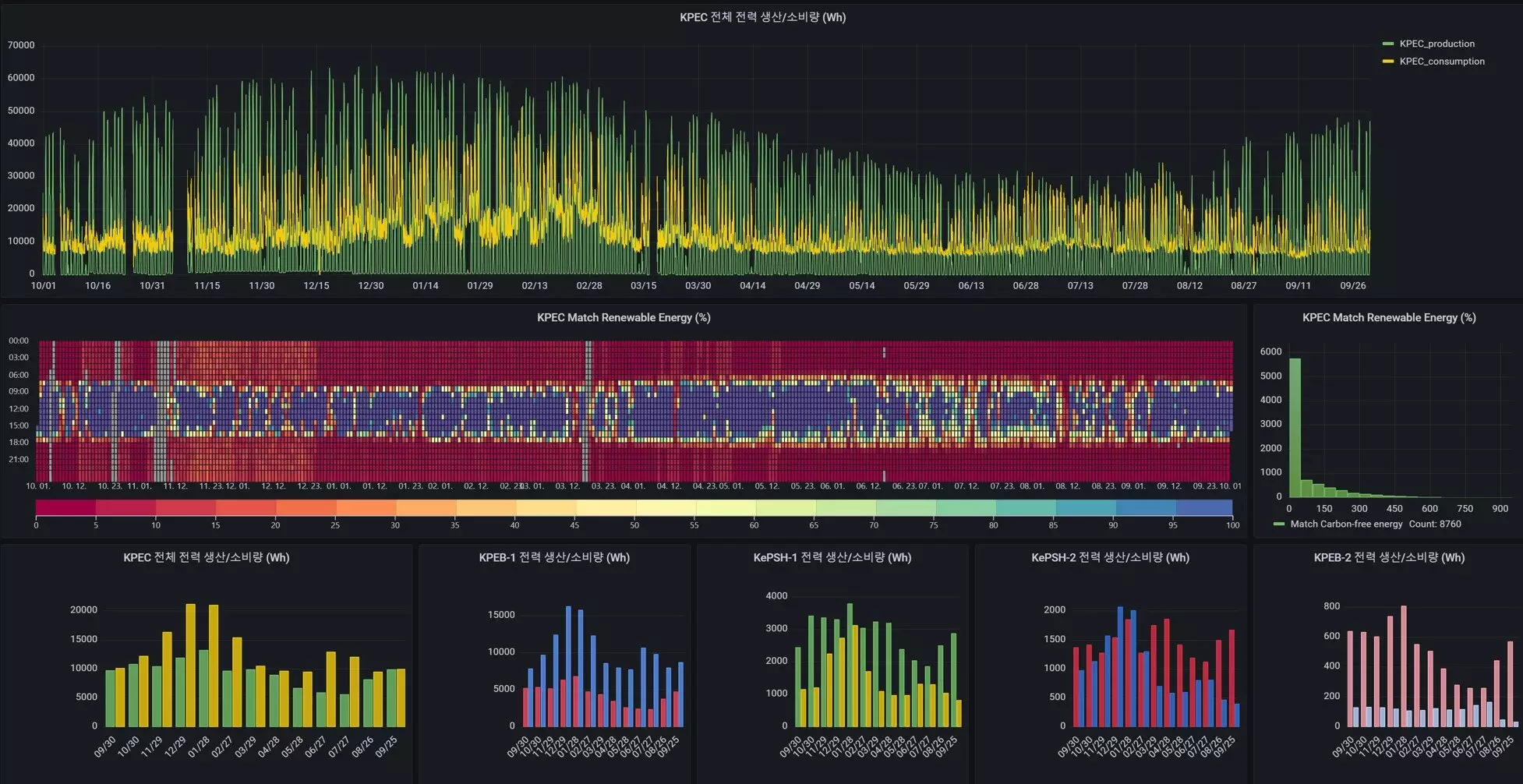As urban populations continue to grow, so does the demand for sustainable energy solutions. The concept of “Urban Electrification,” which advocates for reducing fossil fuel dependency and integrating renewable energy technologies, is gaining traction. This methodology promotes advancements such as building-integrated solar power, which strives to reshape how cities approach energy consumption and generation. While this initiative is not widely recognized in South Korea, it has gained significant momentum and endorsement in the United States and Europe. Urban Electrification is seen as a crucial strategy for achieving carbon neutrality and fostering sustainable urban living.
Traditional urban energy models have relied heavily on fossil fuels to quickly meet electricity demands. However, transitioning to electrified cities presents unique challenges, primarily due to the inherent variability of renewable energy sources. Factors such as weather changes can lead to discrepancies between energy production and consumption, creating complications for grid stability. Furthermore, Low-Probability High-Impact Events (LPHI), which include extreme temperature fluctuations, can drastically increase energy needs while simultaneously hampering renewable energy generation. These unpredictable incidents pose significant threats to the urban power grid and highlight the need for innovative solutions to maintain stability.
To combat these challenges, a research team from the Korea Institute of Energy Research (KIER) developed groundbreaking technologies utilizing Artificial Intelligence (AI). Their research, recently published in the journal *Sustainable Cities and Society*, introduced an advanced energy management algorithm specifically designed to enhance the stability of urban power grids. This system leverages AI to analyze various parameters, including energy consumption patterns across building types and the dynamics of renewable energy production. By comprehensively understanding how external factors—such as weather variations and human behavior—affect energy flow, the researchers have created a proactive approach to energy management.
The research notably highlights the effects of Low-Probability High-Impact Events, which, despite occurring only a few days each year, can lead to significant disruptions in energy supply. The team determined that these infrequent yet extreme incidents are pivotal in influencing overall energy grid stability and associated costs. By developing a customized algorithm to optimize energy distribution between buildings, the researchers successfully addressed peak demand management and enhanced the efficiency of energy production.
In practical applications, the developed AI-based system demonstrated impressive results when implemented in a community-scale urban electrification project. The results indicated a self-sufficiency rate of 38% and a self-consumption rate of 58%. In comparison, conventional buildings without this system only achieved 20% self-sufficiency and a mere 30% self-consumption. These improvements not only contribute to a more sustainable urban ecosystem but also lead to an 18% reduction in electricity costs, a significant achievement for energy management strategies.
The scale of annual energy consumption assessed during the demonstration—107 megawatt-hours (MWh)—further illustrates the system’s effectiveness. This volume is seven times greater than what is typically examined in simulation-based studies by renowned international energy research institutions. Such substantial energy levels bolster the argument for implementing these AI-driven solutions in real-life urban settings.
As cities face increasing energy demands alongside climate challenges, the role of AI in Urban Electrification signifies a pivotal shift toward sustainable energy practices. By utilizing advanced technologies to optimize renewable energy integration, researchers are paving the way for more robust urban power grids. The findings from KIER not only serve to inform policy and design around urban energy systems but also illustrate the potential for AI to effect real change in achieving sustainable urban environments. Collectively, these efforts represent a noteworthy step towards realizing carbon neutrality and enhancing the livability of urban areas worldwide.

